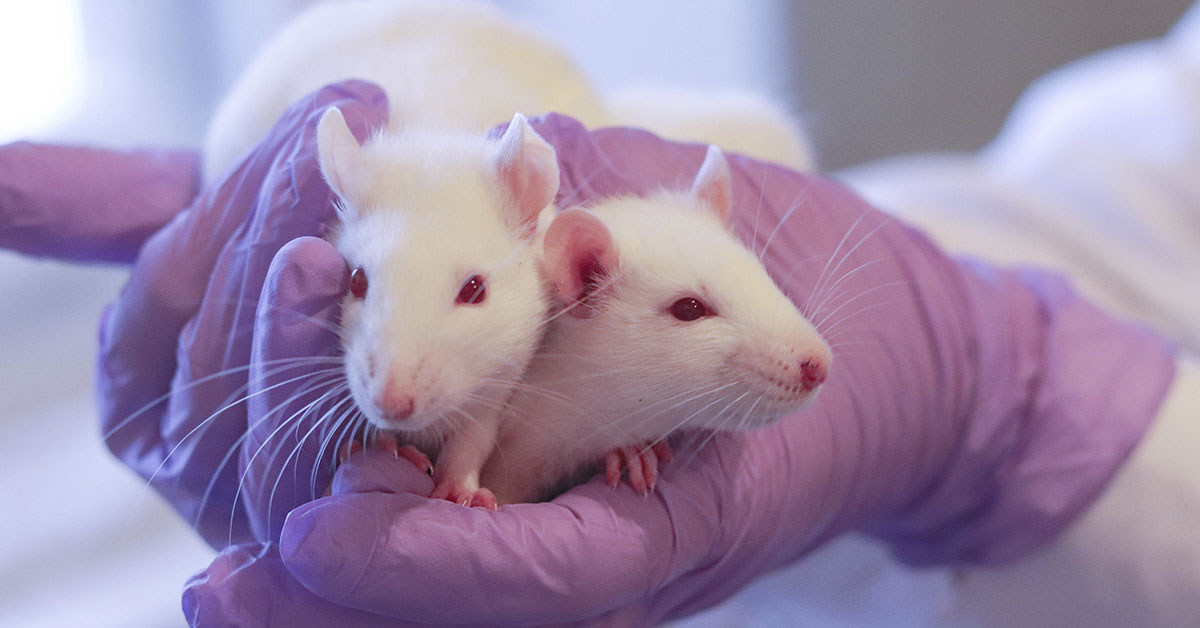Cancer remains a leading cause of death globally, despite significant advancements in diagnosis and treatment. One of the most challenging aspects of cancer is its ability to metastasize, causing widespread harm.1 To combat this, an ideal treatment approach would not only target primary tumors but also address circulating tumor cells and distant metastases. Immune-modulating therapies have become a crucial aspect of cancer treatment, and a new therapeutic option called histotripsy has emerged.
This non-invasive, non-thermal ultrasound-guided ablation technology has shown promise in debulking tumors and stimulating an immune response. Research at the University of Michigan sheds light on the mechanism behind histotripsy’s immune-activating effects and its potential as a safe alternative to traditional treatments.
Cancer The Potential of Histotripsy
Histotripsy operates by breaking down tumors using sound waves and subsequently triggering the body’s immune response. Researchers at the University of Michigan investigated how histotripsy activates the immune system and found that the treatment exposes cancer cell markers previously hidden from the body’s defenses.2 By breaking down the cell walls of cancer cells, the therapy releases tumor antigens that serve as triggers for the body’s immune system. Unlike chemotherapy or radiation, which destroy these antigens during cell death, histotripsy releases them, allowing the immune system to recognize and attack the cancer cells.
Experimental Evidence and Immune Protection from Cancer
In experiments conducted on mice with genetically identical tumors, histotripsy was applied to break up a tumor in one mouse. The researchers then extracted some of the material, homogenized it, and injected it into another mouse. Remarkably, both mice developed immune protection against that specific cancer. This observation suggests that injecting tumor debris from histotripsy-treated tumors can have a vaccine-like effect, enhancing the body’s ability to resist tumor growth.
Applications for Sound Waves and Clinical Trials
Histotripsy has been the focus of extensive research at the University of Michigan since 2001. The technology has demonstrated success in the treatment of liver tumors, leading to the multi-center clinical trial known as #HOPE4LIVER, sponsored by HistoSonics, a spinoff company from the University of Michigan. Additionally, promising results have been observed in the treatment of brain cancer and immunotherapy using histotripsy. The versatility of this approach suggests its potential applicability to various types of cancer.
A Safer Alternative to Traditional Treatments
One significant advantage of histotripsy is its non-invasive nature, making it a potentially safer alternative to radiation and chemotherapy. By utilizing sound waves to destroy tumor cells, histotripsy avoids the harmful side effects associated with other treatments. Moreover, the immune-activating properties of histotripsy provide an additional layer of defense against cancer spread and recurrence, reducing the need for aggressive interventions.
Future Implications and Collaboration
The findings from the University of Michigan study have opened up new possibilities for harnessing the immune response triggered by histotripsy. Further research will focus on developing this treatment modality and exploring its effectiveness with other immune-based therapies, such as checkpoint inhibitors. Collaborative efforts involving VA Merit Review, the National Institutes of Health, HistoSonics-Michigan, and the Michigan Medicine-Peking Health Sciences University Joint Institute for Clinical and Translational Research are instrumental in advancing histotripsy as a viable cancer treatment option.
Conclusion
Histotripsy, a non-invasive sound wave treatment, has shown promising results in stimulating the immune response against cancer. By breaking down tumor cell walls and releasing tumor antigens, histotripsy activates the body’s natural defense mechanisms. This breakthrough therapy offers a two-pronged approach, debulking tumors while enhancing the immune response. With ongoing research and collaborative efforts, histotripsy holds great potential as a safe and effective alternative to traditional cancer treatments, paving the way for improved patient outcomes in the fight against cancer.
Keep Reading: Why Some Heavy Smokers Manage To Avoid Lung Cancer Against The Odds
Sources
- “Immunological Effects of Histotripsy for Cancer Therapy.” NCBI. Alissa Hendricks-Wenger, et al. May 31, 2021.
- “How sound waves trigger immune responses to cancer in mice.” UMICH. Jim Lynch. January 31, 2023.

